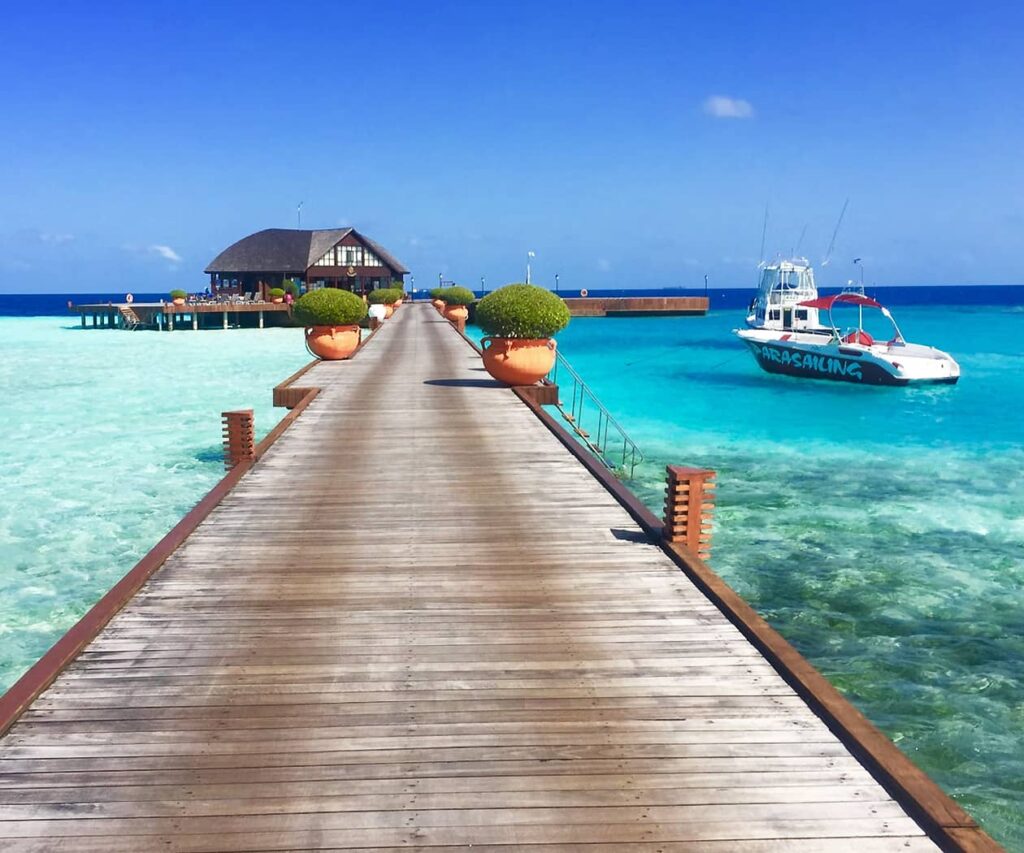
Discovering Weed in Armenia: The Hidden Story of Cannabis in the Caucasus
Armenia, a land rich in culture, ancient history, and breathtaking mountain scenery, has long been a bridge between East and West. While it is best known for its traditions, cuisine, and resilient people, a quiet conversation is emerging within the country about a topic that remains taboo in much of the region — cannabis, or “weed.”
The discovery of cannabis cultivation and use in Armenia has sparked curiosity and debate. In a society that still holds conservative values, the subject of weed sits at the crossroads of legality, culture, and modernization. This article explores the history, legal situation, public perception, and potential future of cannabis in Armenia — a nation where old traditions meet new realities.
A Brief History of Cannabis in Armenia
The use of cannabis in the Caucasus region dates back thousands of years. Historical and archaeological findings indicate that ancient peoples in this part of the world, including early Armenians, were familiar with the plant. Cannabis was used for a variety of purposes — from making hemp fibers for clothing and rope to its use in ancient rituals and traditional medicine.
In rural parts of Armenia, wild cannabis plants still grow naturally in the countryside, particularly in the mountainous and semi-arid regions. For centuries, these plants were not cultivated for recreational use but were recognized as part of the natural landscape, much like in other parts of Central Asia.
However, during the Soviet era, cannabis use and cultivation were strictly prohibited. Armenia, as part of the USSR, adopted the Soviet Union’s anti-drug policies, which treated any form of drug possession as a serious criminal offense. This legacy continues to shape public opinion and law enforcement practices in Armenia today.
The Current Legal Status of Cannabis in Armenia
Today, cannabis remains illegal in Armenia. The possession, use, or distribution of marijuana is a criminal offense under Armenian law. Even small amounts for personal use can result in fines or imprisonment, depending on the circumstances. The country’s drug laws are heavily influenced by Soviet-era attitudes, emphasizing punishment over rehabilitation.
That said, enforcement has become somewhat more nuanced in recent years. Small-scale possession without the intent to distribute is sometimes treated as a misdemeanor rather than a major crime, particularly if it’s a first-time offense. However, police still take drug-related cases seriously, and arrests for possession or cultivation do occur.
There have been occasional reports of cannabis farms discovered in remote rural areas. These operations are usually small and often hidden in valleys or near forested regions. Authorities tend to crack down on such cases quickly, viewing them as threats to public order and national reputation.
Cannabis Culture in Armenia: A Silent Reality
Although public use of cannabis is rare, it does exist quietly within certain circles. In Yerevan, Armenia’s capital, a growing number of young people and creatives have begun to talk more openly about weed. Influenced by global pop culture, social media, and experiences abroad, some Armenians are becoming more curious about cannabis — its effects, its medical potential, and its role in modern society.
However, this curiosity often remains underground. Armenia is a small country with strong family ties and traditional values. The stigma surrounding drug use is powerful, and even casual users prefer to remain discreet. Many fear not only legal repercussions but also social judgment from friends, neighbors, and employers.
Despite this, discussions about cannabis are becoming more common online. Armenian bloggers, musicians, and young professionals occasionally touch on the subject, especially in the context of medical marijuana and personal freedom. While such conversations were unthinkable a decade ago, they are now part of Armenia’s slowly evolving cultural dialogue.
Medical Cannabis: The Global Trend Reaching Armenia
Across the world, the perception of cannabis has changed dramatically. Countries like Canada, Germany, and Thailand have legalized it for medical use, and even traditionally conservative nations are exploring regulated systems.
In Armenia, this global movement has sparked interest among health advocates and entrepreneurs. There is growing awareness that cannabis has legitimate medical applications — in treating chronic pain, epilepsy, anxiety, and even cancer-related symptoms.
Some Armenian doctors and policymakers have started to discuss the possibility of legalizing medical cannabis in the future. Supporters argue that it could help patients in need while also generating new revenue for the economy. Armenia’s favorable climate and fertile soil could make it a viable producer of high-quality medical-grade cannabis.
However, any such change would require careful regulation, education, and public debate. For now, these discussions remain theoretical, as the government has not yet taken formal steps toward legalization.
The Social and Economic Context
Armenia’s economy has faced numerous challenges — from regional conflicts to migration and limited natural resources. As a result, there is an ongoing search for innovative industries that could bring growth. Some experts believe that industrial hemp — the non-psychoactive variety of the cannabis plant — could offer economic benefits without the social controversy associated with marijuana.
Hemp can be used to produce textiles, paper, building materials, and even biofuels. If properly regulated, this industry could create jobs in rural areas and diversify Armenia’s agricultural output.
In fact, a few small research and business groups have already begun exploring hemp as a sustainable crop option. While these initiatives are still in their infancy, they demonstrate that cannabis-related industries could one day play a legitimate role in Armenia’s economy.
Public Perception: Between Tradition and Modernity
Public opinion about cannabis in Armenia remains largely conservative. Many older generations associate it with criminality, laziness, or Western moral decline — views that were reinforced during the Soviet period. However, younger Armenians, especially those who have studied or lived abroad, tend to be more open-minded.
For some, the topic of weed is tied to personal freedom and the modernization of society. They see legalization — even if only for medical use — as a step toward aligning Armenia with global trends. Others worry that legalization could lead to social problems, addiction, or moral decay.
This generational divide mirrors what many countries experienced before reforming their cannabis laws. While progress may be slow, the seeds of change are being planted through education, dialogue, and exposure to new ideas.
Law Enforcement and Border Concerns
Because Armenia is located in a geopolitically sensitive region, bordered by countries like Iran, Georgia, and Turkey, law enforcement is strict about anything related to drug trafficking. Authorities are particularly cautious about smuggling routes that could pass through Armenian territory.
However, neighboring Georgia has partially decriminalized cannabis, allowing personal use without punishment. This legal difference has created a unique situation — some Armenians cross into Georgia for tourism or relaxation, where they can experience a more open cannabis environment. Yet, bringing any cannabis back across the border is strictly illegal and can result in severe penalties.
The Future of Cannabis in Armenia
The future of weed in Armenia remains uncertain but promising. As global perspectives on cannabis continue to evolve, it’s likely that Armenia will eventually reconsider its laws — perhaps beginning with medical marijuana or industrial hemp.
For now, the topic remains sensitive, wrapped in layers of caution and tradition. But the quiet discovery of cannabis — in conversation, in culture, and occasionally in the countryside — shows that the issue is not going away.
As Armenia continues to modernize, it will face a choice: maintain strict prohibition or explore a balanced approach that recognizes both the risks and the opportunities of cannabis.
Conclusion
Discovering weed in Armenia is less about finding hidden farms or underground clubs and more about observing a cultural shift. Behind the silence and stigma, a new awareness is growing — one that acknowledges cannabis as more than a vice, but as a plant with potential medical, economic, and social significance.
Armenia stands at a crossroads between its traditional past and its modern aspirations. Whether the country chooses to embrace cannabis reform or remain cautious, the conversation has already begun. And in a land where mountains guard ancient secrets, perhaps the quiet discovery of weed is just another step in Armenia’s long and complex journey toward change.

Just love this dude Explorer. Keep up with the good work. Excellent customer service. He goes above and beyond to make sure the order is right, help and support if anything goes wrong.
It was hard to find a reliable plug but finally Explorer showed up and gained my trust. Definitely he is the way out and hands down the best.@ https://t.me/explorerbud
EXPLORER is the one Super responsive, on time and the weed is absolute fire. The strains are seriously on point.
Best service Ive found by far, won’t be using anything else unless I find a reason too, I paid using bitcoin and he delivered thanks Explorerbud1@gmail.com
If you are getting from elsewhere then you need to switch. The great pricing attracted me, but the hospitality of EXPLORER, the quality of weed ( dried and completely cured nugs), the fast delivery and the freebies made this experience amazing.
Will definitely come back for sure and I will be a long time customer thanks EXPLORER
I have tried a lot of weed strains, and the quality from TOURBUD is unbeatable. The process was seamless, and the strains arrived fresh and potent and I paid using bitcoin before delivery. guys text him on telegram for fast reply @ https://t.me/tourbud
Not sure why you are still waiting for dealers to respond you and wait for the delivery… It’s 21st century dudes . these guys usually have several strains always available in center so just couple of clicks and you get GPS coordinates and a photo where to grab your stuff immediately after crypto payment or gift card payment. If something goes wrong they have support you may chat with after payment confirmation, but usually no problems detected
I contacted him on his telegram and due to security reasons he requested crypto payments which i did.
about 30minutes later my dope was dropped at my requested location
great guy!!!
i highly recommend email tourbudguide@gmail.com
Everytime I order, I get excited not only for his TOP NOTCH PRODUCTS, but his amazing customer service.
From the time I start my text, to when my weed arrives, Explorer makes every encounter fast, friendly and SO AFFORDABLE. He works with you to get what you need.
Thank you Explorer for been so good to me everytime.